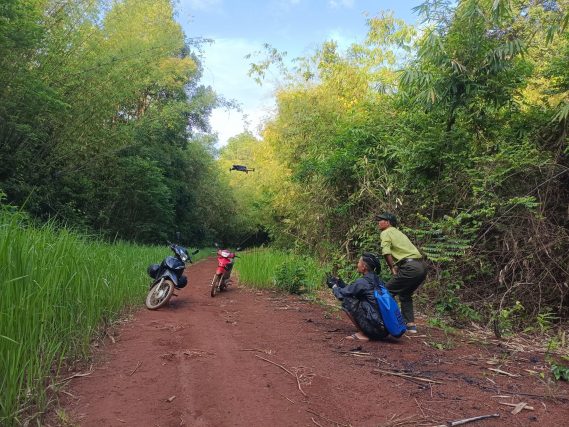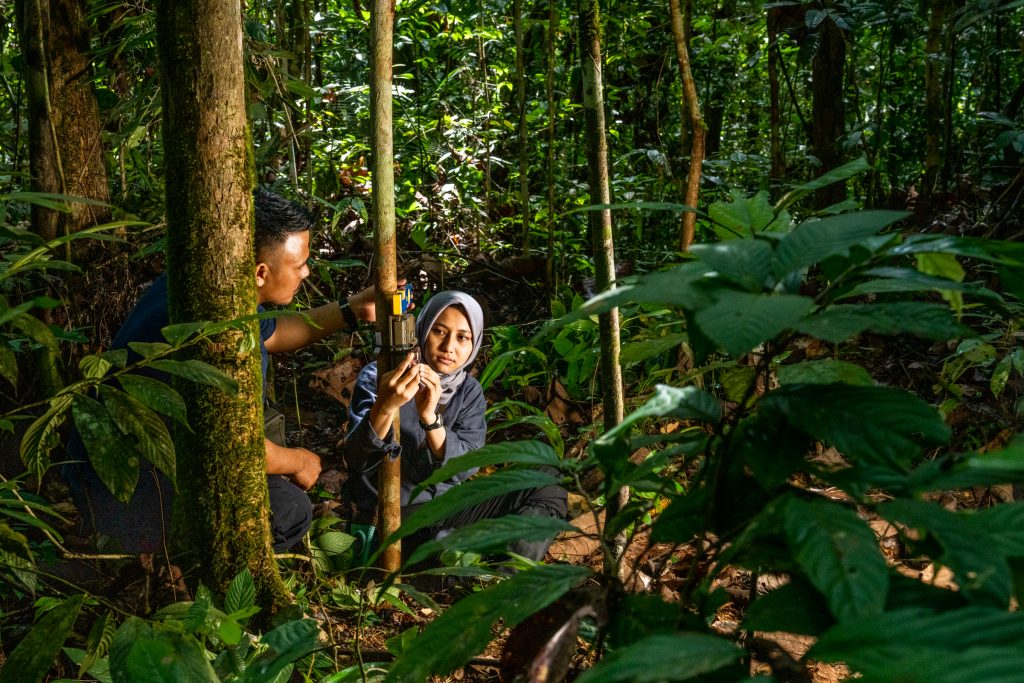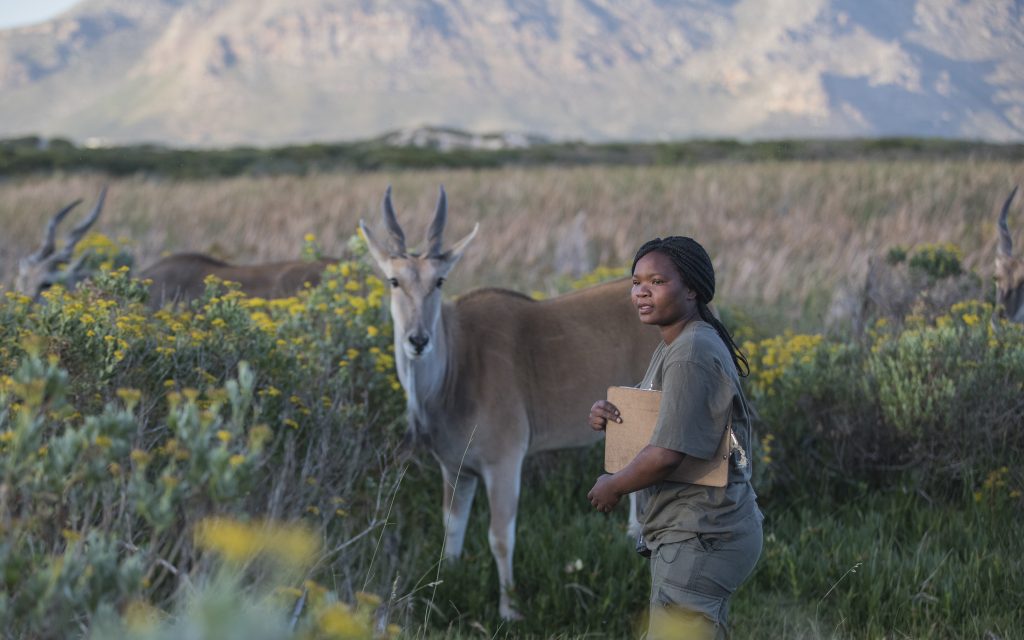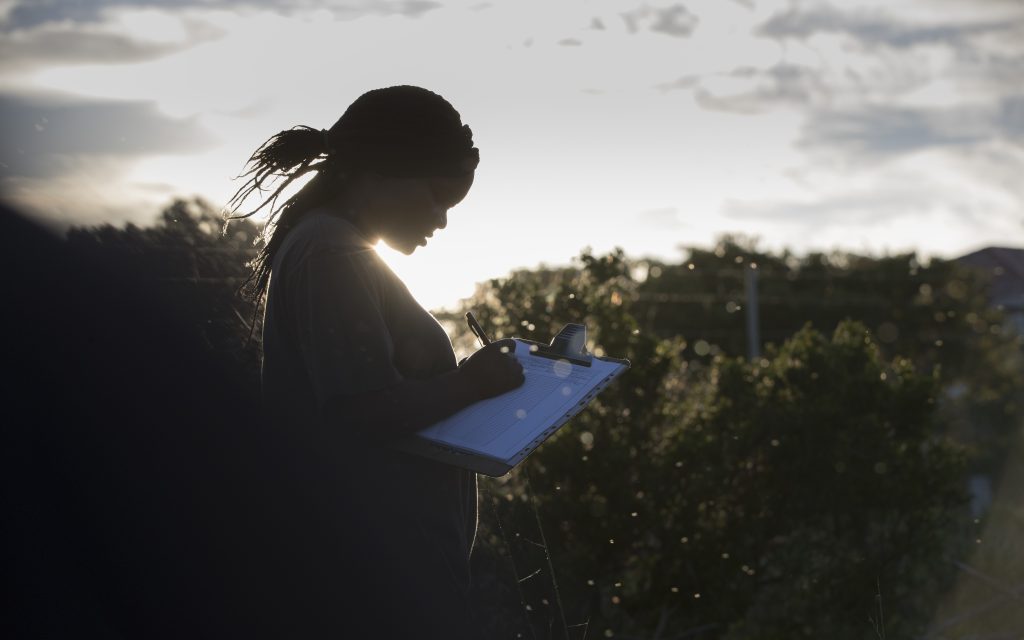Some might argue that the conservation movement began before the industrial era in 1662 when John Evelyn presented his work called “Sylva or a discourse on forest trees and the propagation of timber in His Majesty’s dominions” to the Royal Society. Others would credit John Muir and the Sierra Club for starting the modern movement. Either way, the need to protect a natural resource, dates back centuries and at the core of every conservation effort are passionate, determined people willing to go the extra mile.
From the early 1920’s, Sheikh Zayed’s thirst for knowledge took him into the desert with Bedouin tribesmen to learn all he could about the way of life of the people and the environment. Information and skills shared with generations and what would eventually lead to the formation of the Mohamed bin Zayed Species Conservation Fund.
Over the past 14 years, the MBZ Fund grew its network to include over 10,000 passionate people on the ground from conservationists, biologists, ecologists, field workers and volunteers that aided the more than 2700 projects supported by the Fund. The common denominator associated with every successful conservation project is a human driving success.
Take Bieu in Vietnam, as an ethnic minority from the Nghe An province, he used to hunt the wildlife he aims to protect today. Growing up in the mountains near the border with Laos as a Thai ethnic minority, an epiphany made the former hunter see the importance of wildlife conservation and its impact on human lives. Today as a conservation researcher for Saving Vietnam’s Wildlife, he works actively to identify and mitigate human/elephant conflict to ensure a harmonious coexistence. His knowledge and familiarity about the forest is unparalleled and comes in handy as he navigates the environment to educate local tribes about elephant threats.
80% of Earth’s biodiversity is in tribal territories which highlights the importance of Indigenous Peoples and local communities involved with successful conservation. A local hero is an absolute necessity to connect the conversation dots as is the case with Diego Agman from Occidental Mindoro, Philippines.
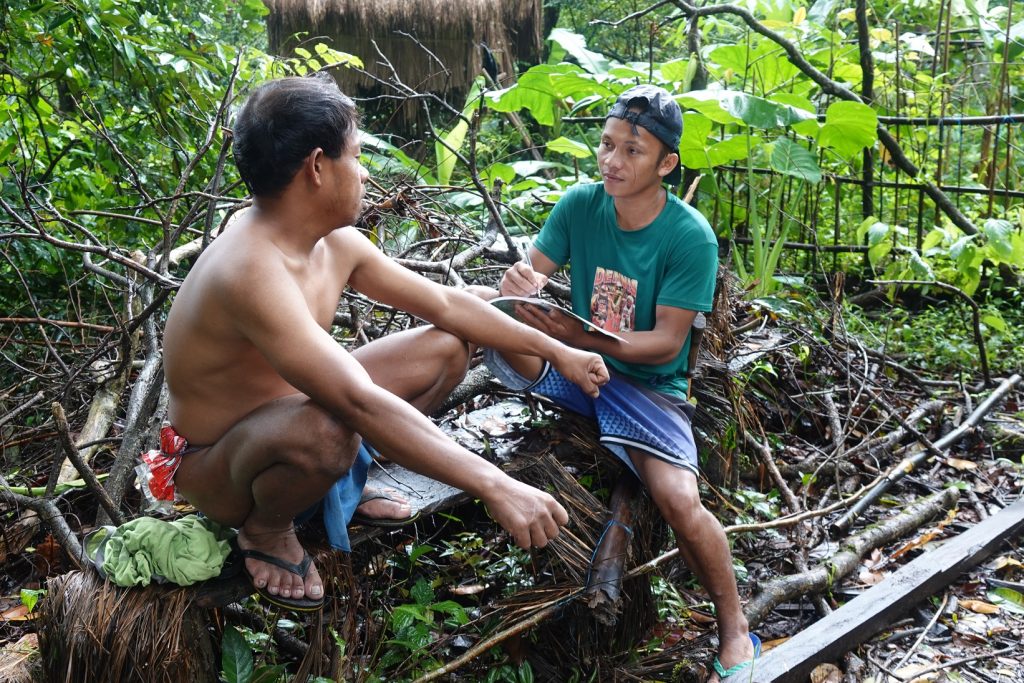
As Research Assistant for D’ABOVILLE Foundation and Demo Farm Inc. and a member of the Taobuid ethno-linguistic group who now personally reside in the lowlands, Diego acts as the link between customary and mainstream conservation methods. Modern technology as part of conservation evolution is unavoidable, but in remote areas in the highlands, indigenous peoples rely on traditional methods passed down from their ancestors to sustain natural resources to survive.
For example, their belief in spirit guardians whom they require permission from to extract natural resources is one key practice that prevents the overexploitation of natural resources.
To better understand and document these practices, Diego regularly meets with elders, but to gain their acceptance, often wears nothing but a loincloth as he gathers information. Young people like Diego, who have a foot in both modernity and tradition, play a pivotal role in identifying ways of working collaboratively with upland communities to understand, value and preserve cultural practices that have sustained indigenous communities for generations. In a modern, fast-paced environment, it’s also important to look back to our roots in order to get ahead.
A 2019 report by the World Wildlife Fund found that globally, fewer than 10% of wildlife rangers are women, even though women make up more than 50% of conservation science graduates. However, across our partners, we find that more and more females are getting their hands dirty and defying adversity.
Traditionally, Indonesian women, especially from small rural towns, are expected to be housewives and it’s frowned upon to pursue a higher education. But Meidina Fitriana challenged society and in 2017 got involved in conservation as an intern with the Soraya Research Station. It was love at first sight and she was desperate to pursue a career in conservation, but after numerous rejections she thought she was simply not destined too. All because she was upsetting stereotypes in a male dominated society.
Finally, the SINTAS Indonesia Foundation gave her a chance as a liaison officer which involved project management with key partners. Although office bound, she insisted on joining the ranger team on field trips. She changed attitudes the day she joined a lengthy, challenging trek and not only carried all her own gear but also hauled extra bags of additional equipment. She not only proved her worth as a team player, but also altered perceptions when she successfully installed effective camera traps. Since then, she is one of them.
Unlike conventional jobs, conservation does not stick to office hours, nor does one take the elevator to reach the top. It’s laden with challenges and often accompanies a struggle story that makes you realise it takes a special, determined person to succeed.
Christyline Matthews was brought up in an impoverished abusive household in South Africa on the Cape Flats, an area described as apartheids ‘dumping ground’ and rife with gangsterism. Sadly, she fell victim to this way of life and was eventually imprisoned for 5 years. Her motivation to change was driven by her son, she wanted to give him more and guide him on a different life path. After completing her prison sentence, she received an opportunity with a skills development programme run by Nature Connect where she fell in love with the environment. Nature Connect saw the sparkle and she became an eland monitor before enrolling into their River Ambassador program in 2021. Here she completed a NQF level 2 & 4 qualification in Nature Conservation Resource Guardianship. It’s been more than a decade, but Chrissy managed to turn her life around. Today she works on youth programmes as well as species conservation activities, such as the MBZ Fund supported Western Leopard Toad Underpass Project.
As the saying goes, ‘not all heroes wear capes’, which is especially true when it comes to eco heroes. From Africa to Asia, every conservation project is accompanied by an incredible story of hope, courage, and determination. Although they all come from different upbringings, share different beliefs, and speak different tongues, one thing is sure, the conservation language transcends boundaries.


